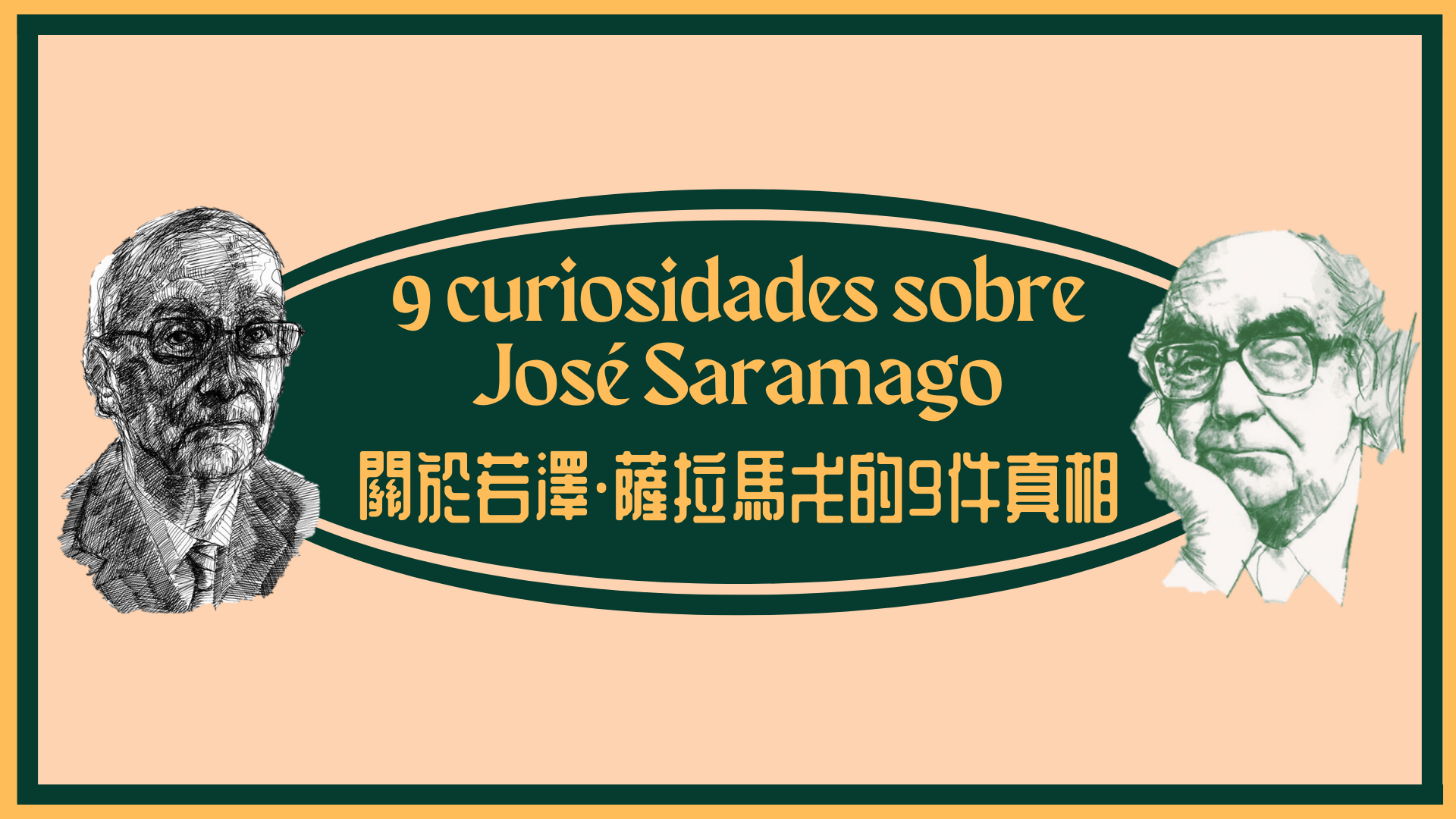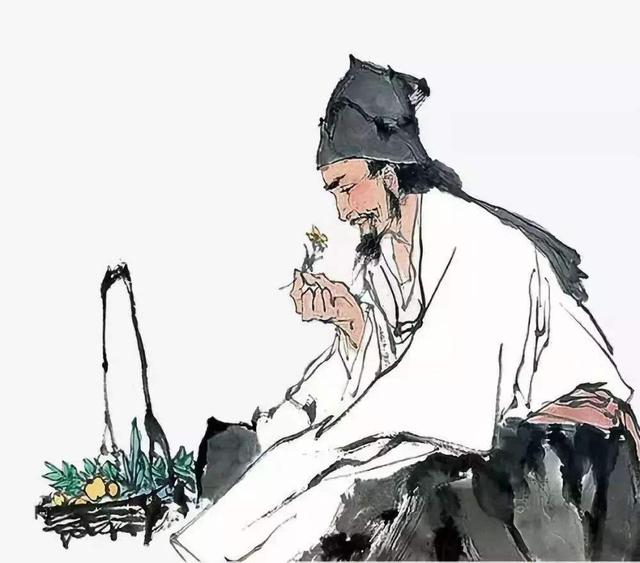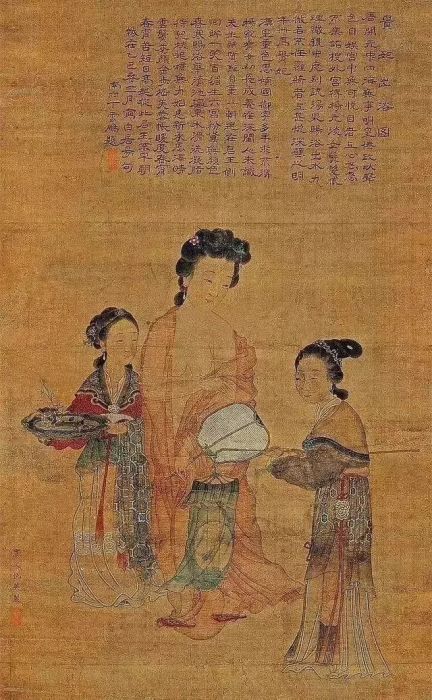Starting from August 2020, the Chinese-Portuguese Bilingual Teaching and Training Centre (CPC) of Department of Portuguese of Faculty of Arts and Humanities will publish a series of Chinese-Portuguese bilingual theme-based articles on this page that will cover topics including Portuguese language proficiency tests, Chinese-Portuguese classical stories, Chinese-Portuguese poets, Porto wine and Chinese tea, Portuguese Tin-glazed Ceramic Tile and Chinese Porcelain, Fado and Classic of Poetry, among others. The publications aim to give an introduction on the Chinese-Portuguese traditional culture, history, literature, art, language, music, etc., so as to promote cultural knowledge exchange between China and Portuguese-speaking countries.

Author and translator: Lim Zhu
Reviser: Ana Margarida Belém Nunes (Portuguese)
Coordinators: Cindy Koon, Lim Zhu
If you were a character from the works of José Saramago, which one would you be?
For full version of the article, please click here.

Author and translator: Lim Zhu
Reviser: Ana Margarida Belém Nunes (Portuguese)
Coordinators: Cindy Koon, Lim Zhu
This year is the centenary of José Saramago. Widely considered one of the greatest Portuguese writers ever, José Saramago is Portugal’s only Nobel Laureate. Here are some facts that you may not know about this literary figure.
For full version of the article, please click here.
Authors and translators: Krystal Fu, Marcos Ng, Lim Zhu
Reviser (Portuguese): Ana Margarida Belém Nunes
Coordinators and Video Editors: Cindy Koon, Lim Zhu, Patrícia Chen
Authors and translators: Krystal Fu, Marcos Ng, Lim Zhu
Reviser (Portuguese): Ana Margarida Belém Nunes
Coordinators and Video Editors: Cindy Koon, Lim Zhu, Patrícia Chen

Author and translator: Lim Zhu
Reviser: Ana Margarida Belém Nunes (Portuguese)
Coordinators: Cindy Koon, Lim Zhu
The way different cultures conceive of animals as symbols varies. 2022 is the Year of the Water Tiger in Chinese astrology. What does the tiger symbolize in the Chinese zodiac? Is there an animal in Portugal with a status similar to the tiger in China? In this article, we will present the symbolic meaning of the tiger in China and the lion in Portugal, as well as the reasons behind the different animal representations.
For full version of the article, please click here.
Authors and translators: Krystal Fu, Marcos Ng
Reviser (Portuguese): Ana Margarida Belém Nunes
Coordinators and Video Editors: Cindy Koon, Ho Cheok U, Patrícia Chen, Valéria Ruan
Authors and translators: Krystal Fu, Marcos Ng
Reviser: Ana Margarida Belém Nunes (Português)
Coordinators and Video Editors: Cindy Koon, Ho Cheok U, Patrícia Chen, Valéria Ruan
Authors and translators: Krystal Fu, Marcos Ng
Reviser (Portuguese): Ana Margarida Belém Nunes
Coordinators and Video Editors: Cindy Koon, Ho Cheok U, Patrícia Chen, Valéria Ruan

 (Bowl with Blue Landscape in Falangcai Painted Enamels, NPM Selections & Azulejo Tiles of Santíssimo Sacramento do Louriçal Church, Pombal Municipality)
(Bowl with Blue Landscape in Falangcai Painted Enamels, NPM Selections & Azulejo Tiles of Santíssimo Sacramento do Louriçal Church, Pombal Municipality)
Author and translator: Ho Cheok U
Reviser: Ana Margarida Belém Nunes (Portuguese)
Coordinators: Cindy Koon, Patrícia Chen, Valéria Ruan
The works of different eras have their own characteristics, which are the embodiment of culture, and religious or secular rights. The creative process is to express thoughts and concepts, aiming to make each work has an unique and different meaning. Although the word “Azulejo” is derived from Arabia, it is indeed an important part of Portuguese history. Under the influence of Chinese blue and white porcelain, blue has became the typical color of Portuguese azulejo tiles.
For full version of the article, please click here.

Author: Laura Law
Translator: Ho Cheok U
Reviser (Portuguese): Ana Margarida Belém Nunes
“Coimbra, it’s more charming, when it’s time to farewell…” a part of a song I heard on space Fado ao Centro when I studied in Coimbra. Longing, sadness, the emotions it contains, the identity that it represents, I felt everything through the sound, the tone, the rhythm demonstrated by the singers.
For full version of the article, please click here.

Author and translator: Xu Ke
Revisers: José Lino Pascoal (Portuguese) and Sónia Ao Sio Heng (Chinese)
Coordinators: Sónia Ao Sio Heng and Cindy Koon
In the last theme-based article, the Chinese-Portuguese Bilingual Teaching and Training Centre offered readers a journey through the wines produced in Douro. In this article, we are going to change our focus. This time we will travel to China, the largest country in the east, and explore the most consumed drink here: tea. We also try to give an idea of the role that tea plays in the lives of the Chinese and in global society.
For full version of the article, please click here.

Author and translator: Ho Cheok U
Revisers: Sónia Ao Sio Heng (Chinese) and José Lino Pascoal (Portuguese)
Coordinators: Sónia Ao Sio Heng and Cindy Koon
We give each trip a unique theme and meaning: we go to Switzerland to ski in the endless snow-capped mountains; we go to Germany to drink beer and to visit the castles; when we go to Spain, we will eat paella and melon wrapped in Iberian ham; when we go to Porto and along the Douro River, the traditional and unforgettable Port wine is, of course, indispensable.
For full version of the article, please click here.
Author and translator: Xu Ke
Revisers: Sónia Ao Sio Heng (Chinese) and José Lino Pascoal (Portuguese)
Coordinators: Sónia Ao Sio Heng and Cindy Koon
On December 21st, we celebrate the first day of winter and the longest night of the year in the Northern hemisphere. This date marks the beginning of the coldest season. We find the Sun at its lowest position in the entire sky. Although it is the coldest period, we celebrate its arrival with warmth and love, warming the body and cuddling the soul. People like to spend quality time with beloved ones. They show affection and nurture a deep sense of gratitude for the good things in life. On this beloved winter date, we would like to present our warmest season’s greetings. We wish you happiness, peace, joy and prosperity. May all your dreams come true and all your wishes be achieved. Happy Winter Solstice! Merry Christmas!
Author and translator: Xu Ke
Revisers: Ricardo d´Almeida and José Lino Pascoal (Portuguese) and Sónia Ao Sio Heng (Chinese)
Coordinators: Sónia Ao Sio Heng and Cindy Koon
Everyone loves to hear stories. With the technological development at the end of the 19th century, the first cinematic projection of the Lumiere brothers was invented. Twenty years later, the sound was synchronized with the image and cinema changed to the form we know today. Cinema, or cinematography, is also known as the seventh art. It is a powerful art that is intended to entertain, thrill, subvert and question. However, are cinematographic works really so influential that they change our perspective? Does what we watch change our lives? To answer these questions, the Chinese-Portuguese Bilingual Teaching and Training Centre (CPC) invited professor Ricardo de Almeida, a Portuguese filmmaker with 15 years of experience, to conduct a series of workshops “Can Film Art Change Your Perspective?”. Today, to discuss the subject, we will try to outline the impact that films can have on the perception of everyone. And what will be the answer? You decide…

(Figure: Bath of the Concubine, by Qiu Ying, Dynasty Ming)
Author and translator: Ho Cheok U
Revisers: Sónia Ao Sio Heng (Chinese) and José Lino Pascoal (Portuguese)
Coordinators: Sónia Ao Sio Heng and Cindy Koon
The Love stories. Stories of possible and impossible love. Last time, we talked about a vivid love story in Portuguese’s imagination, which is the story between D. Pedro I and D. Ines de Castro. Today, we are going to talk about the story of “Pedro and Ines” from the Orient—the Emperor Xuanzong of Tang Dynasty and his noble concubine Yang.

(Figure:The Death of Inês, Karl Briullov, 1834)
Author and translator: Ho Cheok U
Revisers: Sónia Ao Sio Heng (Chinese) and José Lino Pascoal (Portuguese)
Coordinators: Sónia Ao Sio Heng and Cindy Koon
“The horrible Hangmen hurried her before
the King, now moved to spare her innocence;
but still her cruel murther urged the more,
the People swayed by fierce and false pretence.
She with her pleadings pitiful and sore,
that told her sorrows and her care immense
for her Prince-spouse and babes, whom more to leave
than her own death the mother’s heart did grieve.”
(The Lusiads, translated by Richard Francis Burton, Canto III, 124)
From reading the poem of Camões, let’s enter the world created by him.

Author and translator: Xu Ke
Revisers: José Lino Pascoal (Portuguese) and Sónia Ao Sio Heng (Chinese)
Coordinators: Sónia Ao Sio Heng and Cindy Koon
CAPLE-ULisboa exams are the Assessment and Certification System of Portuguese as a Foreign Language. They certify the general communicative competence of young and adult speakers for whom Portuguese is a foreign language.
With a view to promote the Chinese-Portuguese bilingual training and the development of Portuguese teaching, the Chinese-Portuguese Bilingual Teaching and Training Centre (CPC) of University of Macau has invited the co-founder of CAPLE-ULisboa, professor José Lino Pascoal, to conduct a webinar in which he answered questions raised by the participants regarding CAPLE Examinations. Professor José Lino Pascoal was a member of its management board between 2012 and 2019. He is also test-item writer, oral examiner and rater of written performances. He is an individual expert member of the Association of Language Testers in Europe (ALTE) as well as a member of the Standing Committee and the Board of Trustees.
In the webinar, professor José provided information about CAPLE-ULisboa examinations and answered frequently asked questions regarding those examinations. For more information, please watch the videos below:
Other Resources:
CAPLE: https://caple.letras.ulisboa.pt/
IPOR: https://ipor.mo/clp/oferta-formativa/exames/exames-caple/
Referencial Camões PLE: https://www.instituto-camoes.pt/activity/centro-virtual/referencial-camoes-ple
Author and translator: Ho Cheok U
Revisers: Sónia Ao Sio Heng (Chinese) and José Lino Pascoal (Portuguese)
Coordinators: Sónia Ao Sio Heng and Cindy Koon
The Chinese-Portuguese bilingual legislation of the Macao Special Administrative Region (Macao SAR) refers to the simultaneous use of Chinese and Portuguese bilingual drafting, adoption, promulgation, implementation, revision and abolition of laws, and the two texts have the same legal effect. Article 9 of the Basic Law of the Macao Special Administrative Region stipulates, “In addition to the Chinese, Portuguese can also be used in the executive, legislative and executive and judicial authorities of the Macau Special Administrative Region, which is also the official language.” There are two models of legislation in Macao; one of them is used for approval, promulgation, execution, amendment and repeal of laws that are done simultaneously in both languages. When writing legal texts, the Chinese text follows the style of the Chinese language while the Portuguese text is done in the style of the Portuguese language. During this process, attempts are made to minimize the differences between texts in the two languages. In the other model, one language is mainly used to draft the legal texts, and translate to the other language and will then be approved simultaneously….
For full version of the article, please click here.